Tadao Ando
Tadao Ando's life story reads like a thrilling novel. He was born in Osaka, Japan, in 1941, and he spent his childhood with his great grandmother before finding his true calling in life.
As a young man, Ando experimented with boxing and fighting. However, his perspective shifted when he visited Tokyo as a high school student and discovered Frank Lloyd Wright's Imperial Hotel. Ando was profoundly affected by the magnificent architecture and decided right away that he wanted to pursue this career.

Ando, who was determined to realize his dreams, took night classes in drawing and interior design while also visiting the works of famous architects like Ludwig Mies van der Rohe, Frank Lloyd Wright, Louis Kahn, and Le Corbusier (after whom he named his dog!). In spite of never having received formal training in architecture, Ando relocated to Osaka in 1968 and established Tadao Ando Architects and Associates.
The innovative designs and creative use of natural materials in Ando's works demonstrate his love of architecture. His buildings have been highlighted in publications all over the world and have garnered countless awards. The life of Tadao Ando serves as a inspiration and a reminder that it's never too late to follow your dreams and achieve excellence.
Architectural style
The architectural design of Tadao Ando is truly breathtaking. His singular style is strongly influenced by the simplicity of the Japanese culture, as evidenced by his emphasis on negative space and spatial circulation. Because Ando incorporates Zen ideas into his designs, his structures offer a contemplative, almost spiritual experience. The result is a holistic experience for those who enter his buildings, which emphasizes simplicity and inward feelings over superficial aesthetics.
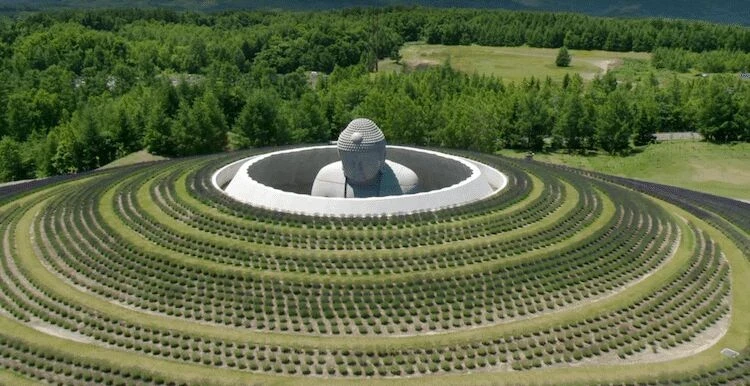
Ando may have learned architecture on his own, but he has never stopped looking for ways to honor his Japanese heritage, even as he has traveled to learn about other regional styles. He believes that architecture carries great responsibility, as it can shape or change the identity of a society or place. Ando treats his work with reverence because he recognizes the profound effect it can have on people and their surroundings.
Ando's fascination with concrete as a building material is likely a result of his admiration for the architecture of Le Corbusier. His clean and seemingly weightless structures defy logic with their minimalist design. Ando employs simplicity to allow individuals to experience the spirit and splendor of nature. Instead of using decorative elements, he emphasizes the buildings' natural surroundings and their integration with the natural world.

Works by Ando
The architectural brilliance of Tadao Ando is on full display in his works, each of which exemplifies his distinctive approach and mastery of light and space. The Azuma House, also known as the Row House in Sumiyoshi, is an early example of his work and a prime example of his style. While the owner chose to have no windows on the street-facing side of the building so that he could feel removed from the hustle and bustle of the city, Ando's ingenuity allowed for natural light to enter through a courtyard. Visitors are sure to be mesmerized by the building's intricate network of passageways and the way it blends indoor and outdoor spaces.
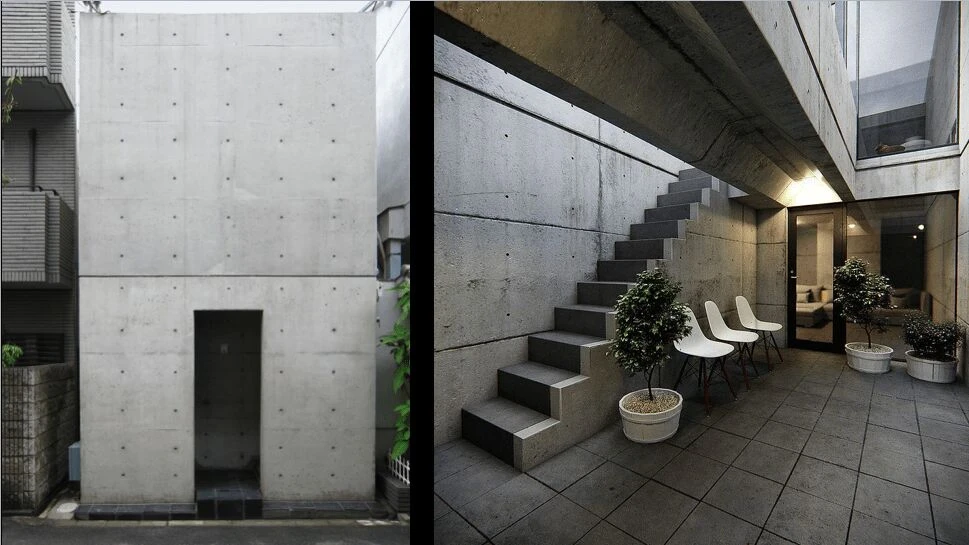
The impressive portfolio of museums, offices, convention centers, factories, resorts, ateliers, theaters, clinics, and houses of worship designed by Ando shows that his skill goes far beyond designing residential structures. Perhaps the most recognizable of these is his Church of Light. Located in Ibaraki, it exemplifies Ando's ability to create spaces that are both light and airy. The hall's sole natural light comes from a massive cross set into the concrete ceiling, giving visitors a mystical, otherworldly feeling.
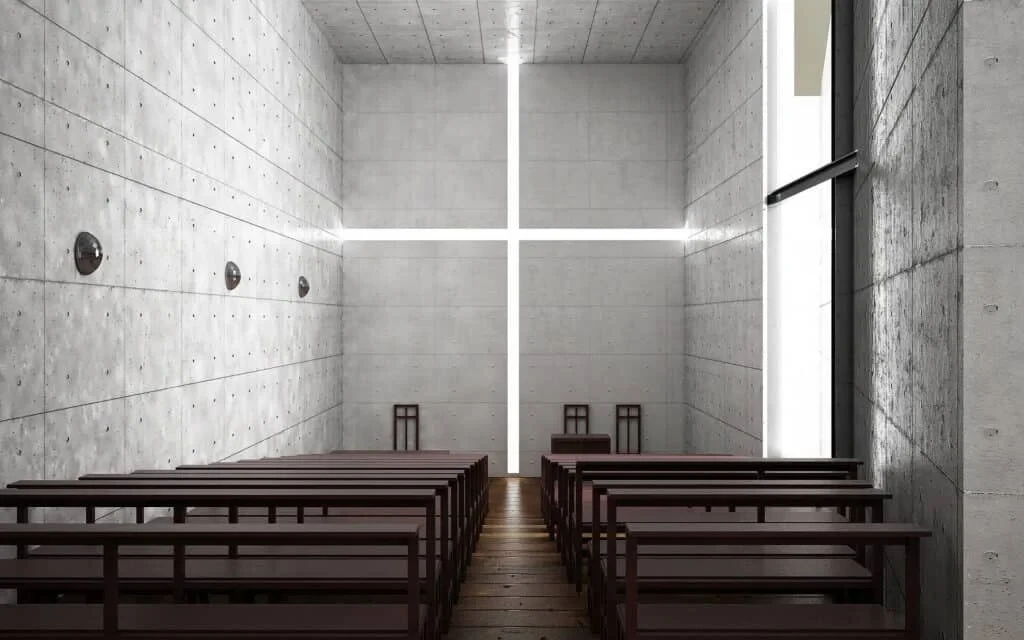
The Water Temple Honpukuji is also noteworthy, as it combines the traditional Shingon Buddhist temple with a modernist aesthetic. The interior sanctuary can be reached via a staircase located beneath the pool of water that serves as the structure's roof and reflects the surrounding landscape.
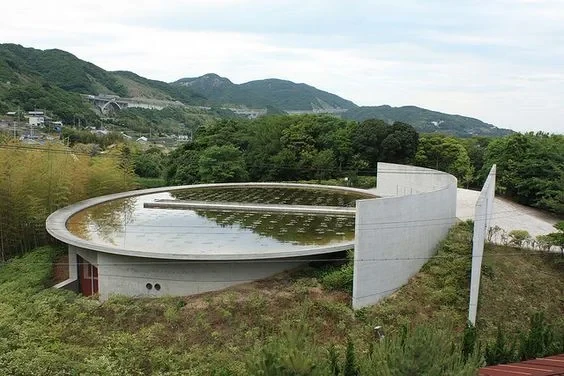
Located in Tomamu, Hokkaido, the Church on the Water is another architectural marvel.
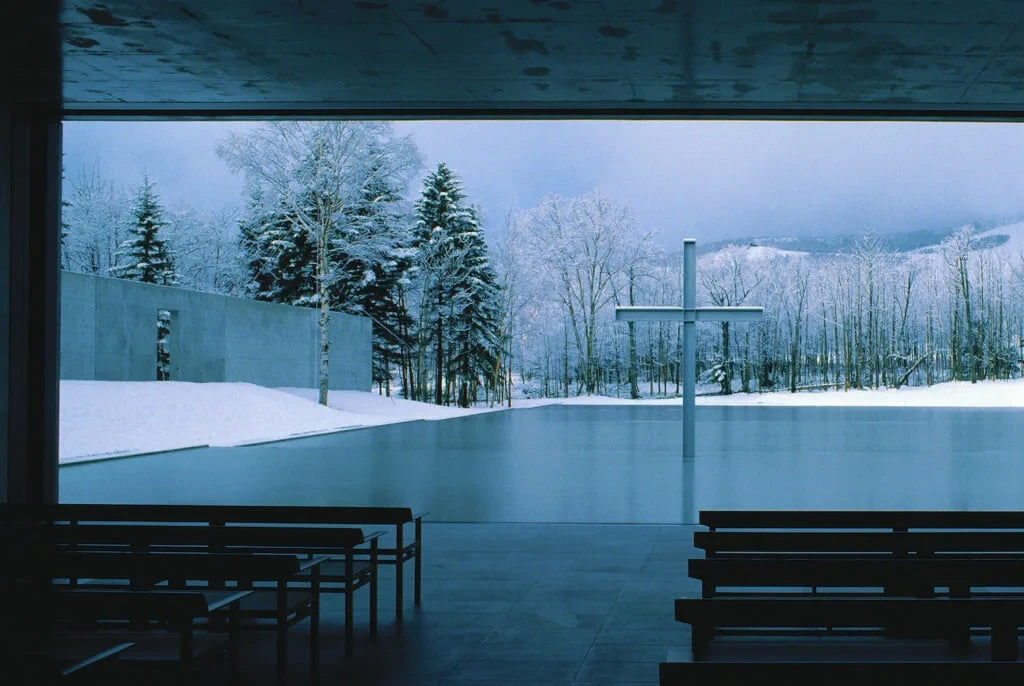
It consists of two main cubes connected by a spiral staircase that descends to a still pond beyond the altar.
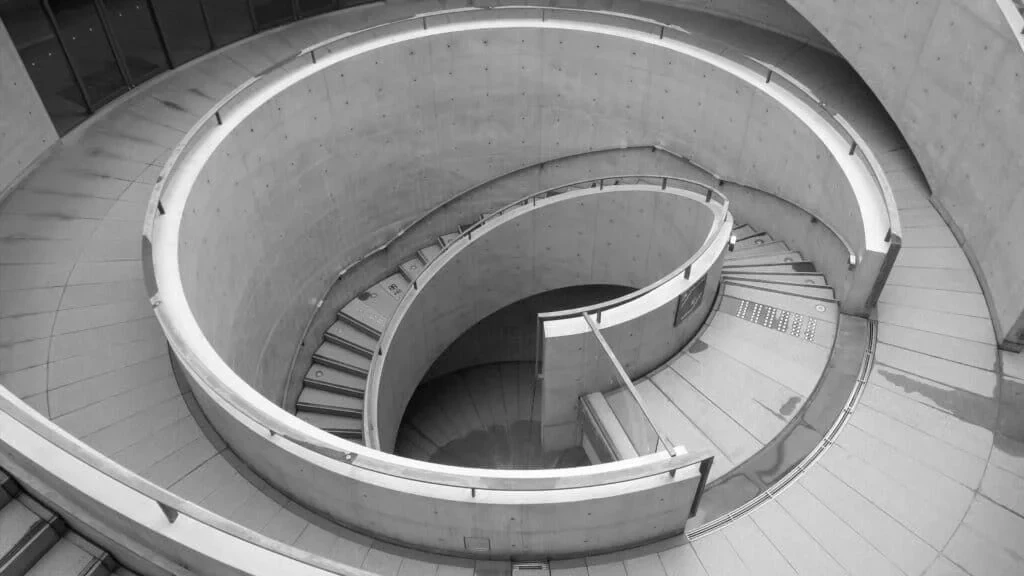
Some of the most impressive museums in the world are his creation. When Ando was given the task of designing a specially constructed space for the Hyogo Prefectural Museum of Art in Kobe in 2002, he produced a stunning gallery covered in concrete with striking staircases that encourage the movement of people and energy throughout the space.

Ando's impressive museum resume goes far beyond just that. He and his team have also designed the Museum of Literature in Himeji, Hyōgo; Chikatsu Asuka Museum in Osaka Prefecture; Naoshima Contemporary Art Museum; Modern Art Museum of Fort Worth in Texas; Akita Museum of Art; Bonte Museum in Seogwipo, South Korea; Asia Museum of Modern Art Wufeng in Taichung, Taiwan; Aurora Museum in Shanghai; He Art Museum, Guangdong, China; and the list goes on.

Awards
Tadao Ando has received numerous honors and awards for his magnificent architectural works. His work has received widespread acclaim, and he has won numerous honorary titles, including the Pritzker Architecture Prize in 1995. For a self-taught architect, receiving this honor is a remarkable accomplishment that catapulted Ando to the top of his field.
Ando and his team have also received other prestigious honors in addition to the Pritzker Prize, such as the AIA Gold Medal, the Grand Officer of the Order of the Star of Italy, and the Officier de l'Ordre des Arts et des Lettres in Paris. Because of the significant contribution he has made to the field of architecture, the Japanese Ministry honored him with the Order of Culture in his native Japan. These honors are a testament to Ando's originality, creativity, and commitment to his field.